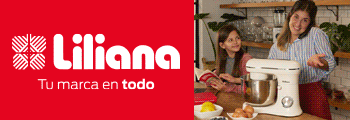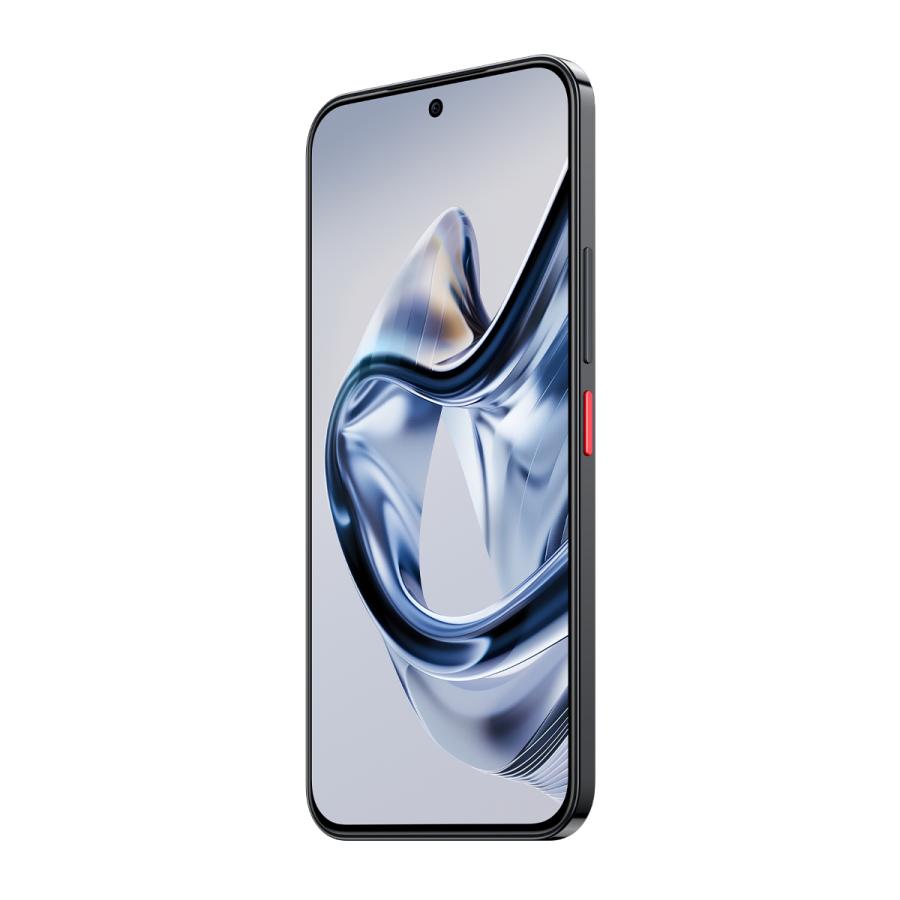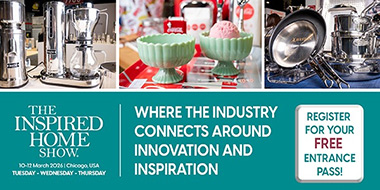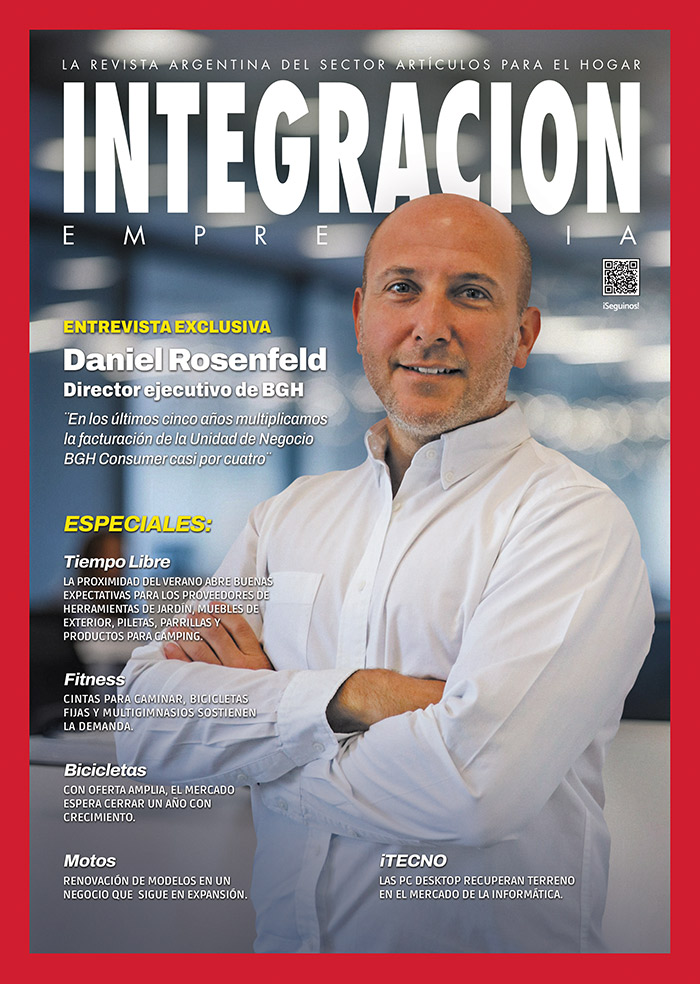Sergio Doldan: "Companies have invested to modernize their plants and increase production"
With the commercial director of Autosal, and president of Cairaa, we analyze the actuality of the sector within the framework of the changes that occur in the country and the competitive needs of the companies.
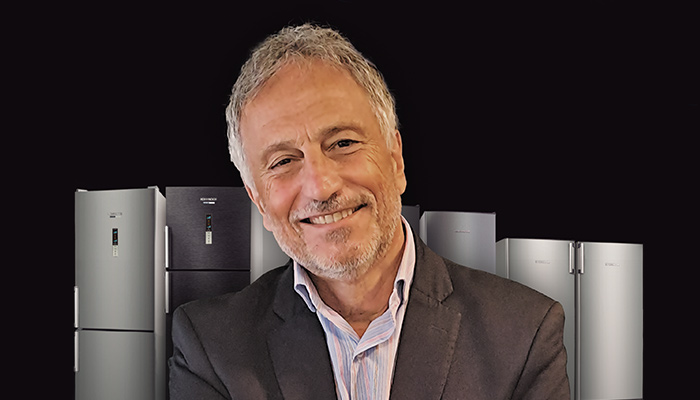
With the commercial director of Autosal, and president of Cairaa, we analyze the actuality of the sector within the framework of the changes that occur in the country and the competitive needs of the companies.
Por Rodolfo Pollini
As president of the Argentine Chamber of Refrigeration and Air Conditioning Industries (Cairaa), how do you see the sector and what companies are doing in technology and investments?
CAIRAA es una cámara de fabricantes con productos que se dividen en cuatro especializaciones. Una son los electrodomésticos, como las heladeras y freezers; otra, las exhibidoras y conservadoras de helados y congelados; otra las grandes cámaras frigoríficas para supermercados y, finalmente, los proveedores de insumos, como rejillas o burletes. In almost all cases, in recent years companies have invested a lot of money to modernize their plants and increase their production capacity. Son empresarios que decidieron invertir en el país. El nivel industrial en estos rubros se ha desarrollado mucho con plantas modelo de última tecnología.
¿Cómo podemos mensurar ese aumento en la capacidad de producción?
To give you an idea, twenty years ago Argentine production could not meet the demand for refrigerators in the domestic market and today local companies can supply up to two and three times that demand. La capacidad de producción argentina es muy importante. A few years ago the Argentine industry was very basic and today they are manufactured in the country non -fost, ecological, with energy classification to+ and inverter technology. In the 1990s, the protocols of Kyoto and Montreal were developed, related to reducing the damage produced to the ozone layer and the greenhouse effect. Las empresas argentinas ya cumplen esos protocolos. It passed from the expanded polyurethane to the cyclopentano and currently a large part of the companies use the R600 gas and manufactures ice cream makers with and A ++ classification.
¿Cuándo empezó a darse este proceso de inversiones y transformación de la industria?
I cannot tell you precisely, but in 2004 the imported thing was 70% of the Argentine market. At that time, and through the Chamber, efforts were made with the government and we had support to generate the first volunteer restriction agreements. Most imports came from Brazil, they were given a limit and gradually reduced from 70% to 7%. From that protection of the local market, Argentine companies decided to make strong and constant investments and year after year continue to grow and modernize.
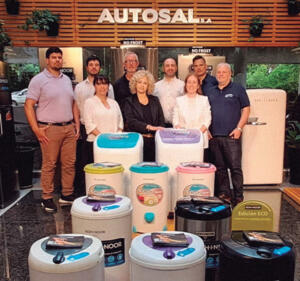
Autosal commercial equipment.
Luciano Mantella, Gonzalo Detelo, Eduardo
Forbes, Sebastian Doria, Edgar Ehrenbock, Ricardo Elvira, Andrea Bogni, Myriam Girgenti y Cecilia Raczko.
Now the markets are going to become very competitive. No one expects a growth of consumption and we will have to be very competitive abroad. Let's talk about this competitiveness taking into account that the fiscal deficit and tax pressure did not contribute much to stimulate it.
From Cairaa, and for about twenty years, we have been asking governments protection against imports that came with prices impossible to compete with them and help to be more competitive. Today we understand that there will be greater openness, so we need to generate conditions to compete with the world. The industries of our sector have difficulty being competitive.
Let us detail those difficulties.
On the one hand the tax burden, very high compared to other countries. Companies are obliged to act as collection agents of the Nation and this generates a financial lag by taxing what the company retains a merchant who is at the same time paying for 60 days. The check tax appeared as an emergency and was definitively and the safety and hygiene inspection rate is calculated as a percentage of billing, when it would have to be more related to the cost of an inspection than with a percentage of what the company invoices.
Suddenly a municipality imposes an advertising charge for a box of your product put in the window of a merchant. Another point is the rate of absenteeism, really high, without elements to control it and attempts against efficiency. And not to mention how difficult it is access to a soft line credit note and the high logistics costs. This year, Cairaa's challenge will be to work with the officials on duty to achieve a more competitive environment.
Of those points were some already treated?
We have been talking to all governments for a long time. Everyone agrees with our proposals, but we have not seen much progress we say. It's like starting again every time.
No Frost use is different and did not always understand it. I guess that will have changed.
Do not believe. No Frost is an aspirational and consumers would like to have it, but when you ask them what it is, the maximum they say is that it does not produce frost. It has advantages and disadvantages and allow you to talk to you from Autosal. We detect that Non Frost's disadvantage is that food dries a lot and at the same time the cyclical refrigerator has a lot of frost is generated in the freezer. That is why we launch the frosts no frost duo cooling, which bring non -fost system in the freezer and cyclical or humid cold in the refrigerator.
«At the national level, no Frost has about 30% of the total market. Maybe that percentage varies per retailer or per area, but the average is that, ”said Doldan, analyzing the participation of the two refrigeration categories.
How do you see 2024? It will be a hard year, but some say that it would last a semester and others estimate a longer period.
We are accustomed to seeing appliance markets such as an electrocardiogram, but with very important ups and downs from one year to the next. The price, credit or sale in installments are very sensitive in this type of products. I visualize the current situation quite similar to that of 2002, when we came from 1 to 1 and the dollar is
It went to 5 and then settled in 3. Now, although the devaluation was not of such proportion, we are still talking about a great impact on prices and if we add the removal of subsidies, which they say will be carried out in January, the deterioration of the purchasing power, which has come for a few months, will be remarkable. I imagine that the sale of appliances will have a somewhat longer recessive period than a semester. In 2002 it was a year. Hopefully now it's faster. It will depend, in large part, on interest rates. A loss in rates is necessary.
Today it is very difficult to give a term from the factories to the retail and for the retail it is impossible to sell in installments without interest, a factor that is the great sales generator.
Is the electrocardiogram global, in all sectors?
Frighers and washing machines are some of the most essential products, but as always happens in crises, if replacement can be avoided and technical services increase. Returning to Cairaa, companies that provide teams for large projects tell us that at this time that sector appears quite still, without a recovery horizon.
Before you talked about the launch of Duo Cooling technology as a novelty of Autosal. Let's talk about the rest of the segment, because you cover the premium line but also compete in the Middle Segment, with Columbia.
With Columbia we reach a more massive segment, but without competing in the first price. In ice cream makers we offer a product with cute interiors, antiderram shelves and reversible doors. In washing machines and centrifuges we have modern designs and we point to a young audience. With Koh-I-Noor we try to be the option to the imported and we develop a product that aesthetically and technologically competes with top-level ice cream makers, such as the Non Frost Duocooling line of new platform.
What percentage of the Argentine ice cream market market today covers the Premium segment?
We are talking about 15% to 20%.
Basically for the price, I want to imagine, because if we think from the aspirational, consumers surely in Argentina should be many more.
Exactly. We with Koh-I-noor are positioned slightly above the national market and a little below the international. Today we are the national alternative to imported similar products.
And washing and drying?
In drying we are leaders, with almost 50% of the market and we have to be one step ahead. This year we launched the first dryarropas with recycled plastics, taking care of many people predisposed to buy this type of products. We continue in the introduction of wall dryrops, campaign in which we had a brake because it has an imported component and for the complications to import we had difficulties in the middle of the product growth stage, but we have confidence as a quick drying alternative.
How do marketing strategies develop now that thanks to digital technology, both the way of communicating and selling?
We believe that ours is to manufacture and others have to sell, but we understand the consumer's trip when you want to buy a refrigerator: it starts in Google and in some cases it would like to close the operation right there. We enable direct sale, but as our retailers network is very important for us, we do not want to compete with your business and our prices are higher than those of the channel, which we defend and try that with us do safe business. Our focus is not to sell directly.
Do you have planned releases?
For February we plan to launch the KOH-I-NOOR NO Frost Inverter, a technology that both for lower consumption and the greater durability of the product points to what consumers demand today.
Latest news
Outstanding sector


